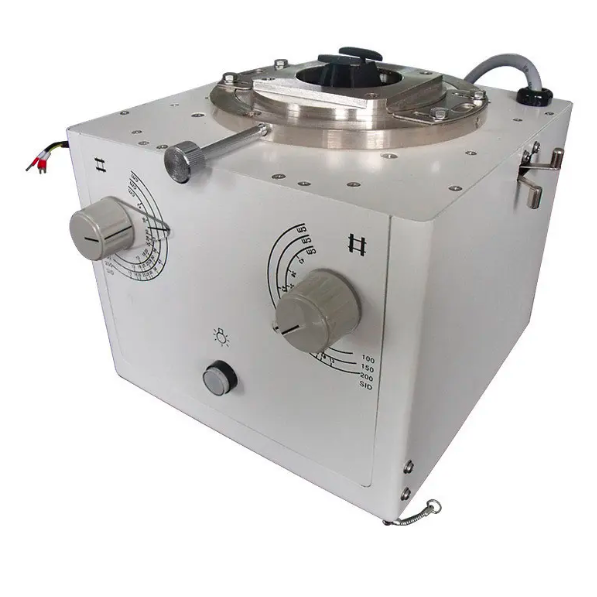Medical X-ray collimators play a vital role in diagnostic imaging, ensuring accurate radiation targeting and minimizing unnecessary exposure. Through continued advances in technology, medical professionals now benefit from the latest features designed to increase accuracy and patient safety. This article explores key advances in medical X-ray collimators, highlighting their importance in radiology.
Adjustable collimation
One of the most important advancements in medical X-ray collimators is the ability to adjust the collimation size. Traditional collimators require manual adjustment and are limited in their ability to provide precise and customized alignment. Modern collimators now offer motorized or manual control options, allowing radiologists to easily adjust collimation dimensions. This feature allows precise positioning of the X-ray beam, ensuring that only the desired area is irradiated. By reducing scattered radiation, adjustable collimation facilitates more precise imaging, minimizing patient exposure and improving overall image quality.
Collimation limitations
To prevent accidental radiation exposure, modern X-ray collimators have collimation limiting features. This feature ensures that the X-ray field is limited to a preset size, preventing accidental overexposure of adjacent areas. Collimation limitations improve patient safety by minimizing unnecessary radiation exposure and reducing the risk of potential side effects associated with excessive radiation doses.
Laser alignment system
To further improve positioning accuracy, modern X-ray collimators employ laser alignment systems. These systems project visible laser lines onto the patient's body, indicating the exact areas exposed to radiation. Laser alignment provides visual guidance for precise positioning, reducing the risk of misalignment and minimizing the need for repeat exposures. This advancement improves patient comfort and simplifies the imaging process, especially when performing complex surgeries.
Automatic collimator centering
Placing the collimator in the center of the X-ray detector is critical for optimal imaging. Automatic collimator centering simplifies this process and eliminates the need for manual adjustments. This feature uses sensors to detect the position of the X-ray detector and automatically centers the collimator accordingly. Automatic collimator centering reduces human error, ensuring accurate alignment and increasing the efficiency of your imaging workflow.
Dose monitoring and control
Patient safety is of paramount importance in medical imaging. Modern X-ray collimators include dose monitoring and control features to help optimize radiation exposure. These features allow users to monitor and adjust radiation dose values based on patient characteristics such as age, weight and diagnostic needs. By tailoring radiation exposure to individual patients, dose monitoring and control capabilities minimize unnecessary radiation and reduce potential risks associated with overexposure.
in conclusion
Advances in medical X-ray collimators have revolutionized the field of radiology, improving accuracy and improving patient safety. Adjustable collimation, collimation limits, laser alignment systems, automatic collimator centering, and dose monitoring and control features significantly improve the accuracy and efficiency of diagnostic imaging procedures. These innovations enable radiologists to obtain high-quality images while minimizing patient radiation exposure. As technology continues to evolve, medical professionals can look forward to further advancements in X-ray collimators, ensuring continued improvements in diagnostic accuracy and patient well-being.
Post time: Sep-18-2023



